SLVS950I July 2009 – May 2018 TPS65070 , TPS65072 , TPS65073 , TPS650731 , TPS650732
UNLESS OTHERWISE NOTED, this document contains PRODUCTION DATA.
- 1 Features
- 2 Applications
- 3 Description
- 4 Revision History
- 5 Description (continued)
- 6 Device Options
- 7 Pin Configuration and Functions
-
8 Specifications
- 8.1 Absolute Maximum Ratings
- 8.2 ESD Ratings
- 8.3 Recommended Operating Conditions
- 8.4 Thermal Information
- 8.5 Electrical Characteristics
- 8.6 Electrical Characteristics - DCDC1 Converter
- 8.7 Electrical Characteristics - DCDC2 Converter
- 8.8 Electrical Characteristics - DCDC3 Converter
- 8.9 Electrical Characteristics - VLDO1 and VLDO2 Low Dropout Regulators
- 8.10 Electrical Characteristics - wLED Boost Converter
- 8.11 Electrical Characteristics - Reset, PB_IN, PB_OUT, PGood, Power_on, INT, EN_EXTLDO, EN_wLED
- 8.12 Electrical Characteristics - ADC Converter
- 8.13 Electrical Characteristics - Touch Screen Interface
- 8.14 Electrical Characteristics - Power Path
- 8.15 Electrical Characteristics - Battery Charger
- 8.16 Timing Requirements
- 8.17 Dissipation Ratings
- 8.18 Typical Characteristics
- 9 Parameter Measurement Information
-
10Detailed Description
- 10.1 Overview
- 10.2 Functional Block Diagram
- 10.3
Feature Description
- 10.3.1 Battery Charger and Power Path
- 10.3.2 Power Down
- 10.3.3 Power-On Reset
- 10.3.4 Power-Path Management
- 10.3.5 Battery Charging
- 10.3.6 Battery Pack Temperature Monitoring
- 10.3.7 Battery Charger State Diagram
- 10.3.8 DC-DC Converters and LDOs
- 10.3.9 Power Save Mode
- 10.3.10 Short-Circuit Protection
- 10.3.11 Enable
- 10.3.12 Short-Circuit Protection
- 10.3.13 Thermal Shutdown
- 10.4 Device Functional Modes
- 10.5 Programming
- 10.6
Register Maps
- 10.6.1 PPATH1. Register Address: 01h
- 10.6.2 INT. Register Address: 02h
- 10.6.3 CHGCONFIG0. Register Address: 03h
- 10.6.4 CHGCONFIG1. Register Address: 04h
- 10.6.5 CHGCONFIG2. Register Address: 05h
- 10.6.6 CHGCONFIG3. Register Address: 06h
- 10.6.7 ADCONFIG. Register Address: 07h
- 10.6.8 TSCMODE. Register Address: 08h
- 10.6.9 ADRESULT_1. Register Address: 09h
- 10.6.10 ADRESULT_2. Register Address: 0Ah
- 10.6.11 PGOOD. Register Address: 0Bh
- 10.6.12 PGOODMASK. Register Address: 0Ch
- 10.6.13 CON_CTRL1. Register Address: 0Dh
- 10.6.14 CON_CTRL2. Register Address: 0Eh
- 10.6.15 CON_CTRL3. Register Address: 0Fh
- 10.6.16 DEFDCDC1. Register Address: 10h
- 10.6.17 DEFDCDC2_LOW. Register Address: 11h
- 10.6.18 DEFDCDC2_HIGH. Register Address: 12h
- 10.6.19 DEFDCDC3_LOW. Register Address: 13h
- 10.6.20 DEFDCDC3_HIGH. Register Address: 14h
- 10.6.21 DEFSLEW. Register Address: 15h
- 10.6.22 LDO_CTRL1. Register Address: 16h
- 10.6.23 DEFLDO2. Register Address: 17h
- 10.6.24 WLED_CTRL1. Register Address: 18h
- 10.6.25 WLED_CTRL2. Register Address: 19h
-
11Application and Implementation
- 11.1 Application Information
- 11.2
Typical Applications
- 11.2.1 General PMIC Application
- 11.2.2 Powering OMAP-L138
- 11.2.3 Powering Atlas IV
- 11.2.4 OMAP35xx (Supporting SYS-OFF Mode)
- 11.2.5 TPS650731 for OMAP35xx
- 11.2.6 Powering AM3505 Using TPS650732
- 12Power Supply Recommendations
- 13Layout
- 14Device and Documentation Support
- 15Mechanical, Packaging, and Orderable Information
Package Options
Mechanical Data (Package|Pins)
- RSL|48
Thermal pad, mechanical data (Package|Pins)
- RSL|48
Orderable Information
8.18 Typical Characteristics
Table 1. Table of Graphs
| FIGURE | |||
|---|---|---|---|
| Efficiency DCDC1 vs Load current / PWM mode | VO = 3.3 V; VI = 3 V, 3.6 V, 4.2 V, 5 V | Figure 2 | |
| Efficiency DCDC1 vs Load current / PFM mode | VO = 3.3 V; VI = 3 V, 3.6 V, 4.2 V, 5 V | Figure 3 | |
| Efficiency DCDC2 vs Load current / PWM mode up to 1.5A | VO = 2.5 V; VI = 3 V, 3.6 V, 4.2 V, 5 V | Figure 4 | |
| Efficiency DCDC2 vs Load current / PFM mode up to 1.5A | VO = 2.5 V; VI = 3 V, 3.6 V, 4.2 V, 5 V | Figure 5 | |
| Efficiency DCDC2 vs Load current / PWM mode up to 1.5A | VO = 1.8 V; VI = 3 V, 3.6 V, 4.2 V, 5 V | Figure 6 | |
| Efficiency DCDC2 vs Load current / PFM mode up to 1.5A | VO = 1.8 V; VI = 3 V, 3.6 V, 4.2 V, 5 V | Figure 7 | |
| Efficiency DCDC3 vs Load current / PWM mode up to 1.5A | VO = 1.2 V; VI = 3 V, 3.6 V, 4.2 V, 5 V | Figure 8 | |
| Efficiency DCDC3 vs Load current / PFM mode up to 1.5A | VO = 1.2 V; VI = 3 V, 3.6 V, 4.2 V, 5 V | Figure 9 | |
| Efficiency DCDC3 vs Load current / PWM mode up to 1.5A | VO = 1 V; VI = 3 V, 3.6 V, 4.2 V, 5 V | Figure 10 | |
| Efficiency DCDC3 vs Load current / PFM mode up to 1.5A | VO = 1 V; VI = 3 V, 3.6 V, 4.2 V, 5 V | Figure 11 | |
| Load transient response converter 1 | Scope plot; IO= 60 mA to 540 mA; VO = 3.3 V; VI = 3.6 V | Figure 12 | |
| Load transient response converter 2 | Scope plot; IO= 150 mA to 1350 mA; VO = 1.8 V; VI = 3.6 V | Figure 13 | |
| Load transient response converter 3 | Scope plot; IO= 150 mA to 1350 mA; VO = 1.2 V; VI = 3.6 V | Figure 14 | |
| Line transient response converter 1 | Scope plot; VO= 3.3; VI = 3.6 V to 5 V to 3.6 V; IO= 600 mA | Figure 15 | |
| Line transient response converter 2 | Scope plot; VO= 1.8; VI = 3.6 V to 5 V to 3.6 V; IO = 600 mA | Figure 16 | |
| Line transient response converter 3 | Scope plot; VO = 1.2 V; VI=3.6 V to 5 V to 3.6 V; IO = 600 mA | Figure 17 | |
| Output voltage ripple and inductor current converter 2;
PWM Mode |
Scope plot; VI = 3.6 V; VO=1.8 V; IO = 10 mA | Figure 18 | |
| Output voltage ripple and inductor current converter 2;
PFM Mode |
Scope plot; VI = 3.6 V; VO=1.8 V; IO = 10 mA | Figure 19 | |
| Startup DCDC1, DCDC2 and DCDC3, LDO1, LDO2 | Scope plot | Figure 20 | |
| Load transient response LDO1 | Scope plot; VO= 1.2 V; VI=3.6 V | Figure 21 | |
| Line transient response LDO1 | Scope plot | Figure 22 | |
| KSET vs RISET | Figure 23 | ||
| wLED efficiency vs duty cycle | 2 x 6LEDs (VLED=19.2 V); IO= 2x20 mA | Figure 24 | |
| wLED efficiency vs input voltage | 2 x 6LEDs (VLED=19.2V); IO= 2x20 mA | Figure 25 | |
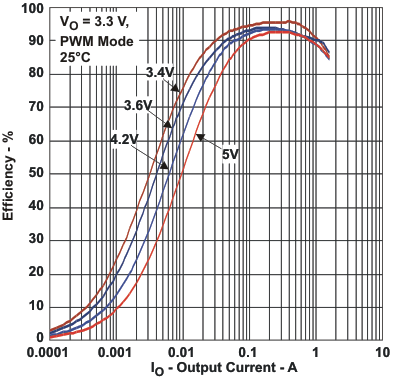 Figure 2. Efficiency DCDC1 vs Load Current/PWM Mode
Figure 2. Efficiency DCDC1 vs Load Current/PWM Mode
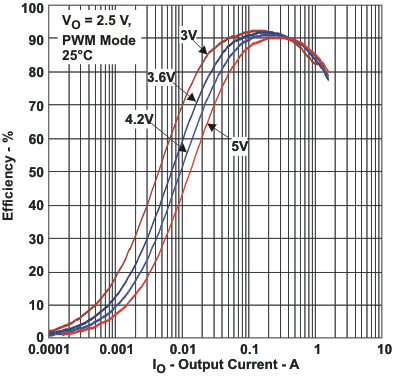 Figure 4. Efficiency DCDC2 vs Load Current/PWM Mode
Figure 4. Efficiency DCDC2 vs Load Current/PWM Mode
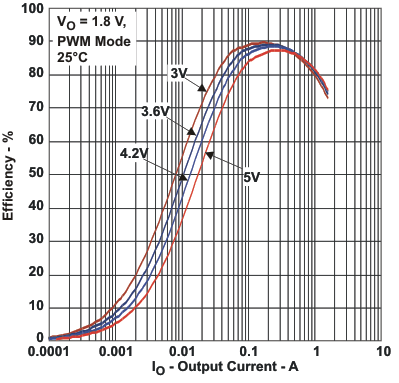 Figure 6. Efficiency DCDC2 vs Load Current/PWM Mode
Figure 6. Efficiency DCDC2 vs Load Current/PWM Mode
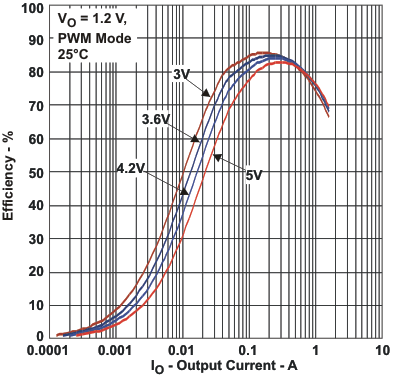 Figure 8. Efficiency DCDC3 vs Load Current/PWM Mode
Figure 8. Efficiency DCDC3 vs Load Current/PWM Mode
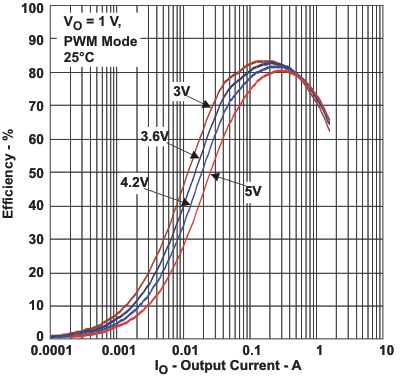 Figure 10. Efficiency DCDC3 vs Load Current/PWM Mode
Figure 10. Efficiency DCDC3 vs Load Current/PWM Mode
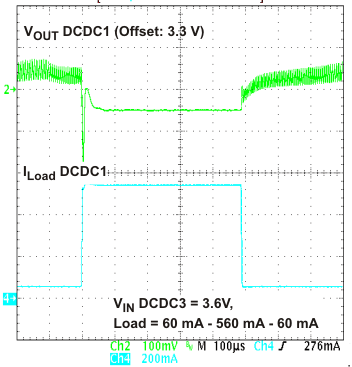 Figure 12. Load Transient Response Converter 1
Figure 12. Load Transient Response Converter 1
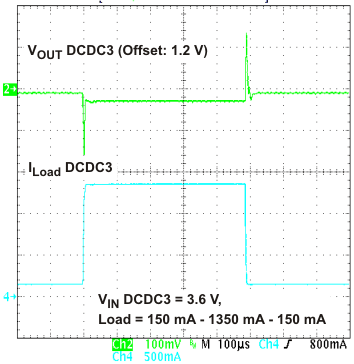 Figure 14. Load Transient Response Converter 3
Figure 14. Load Transient Response Converter 3
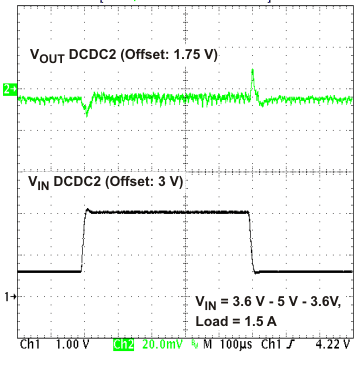 Figure 16. Line Transient Response Converter 2
Figure 16. Line Transient Response Converter 2
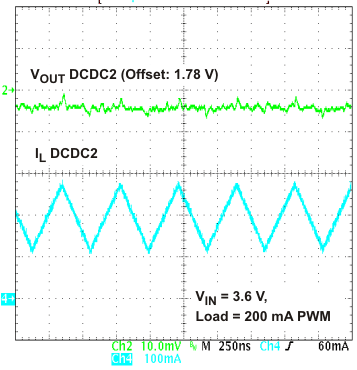 Figure 18. Output Voltage Ripple and Inductor Current Converter 2 – PWM Mode
Figure 18. Output Voltage Ripple and Inductor Current Converter 2 – PWM Mode
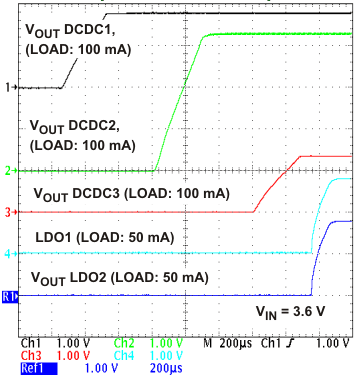 Figure 20. Startup DCDC1, DCDC2, AND DCDC3, LDO1, LDO2
Figure 20. Startup DCDC1, DCDC2, AND DCDC3, LDO1, LDO2
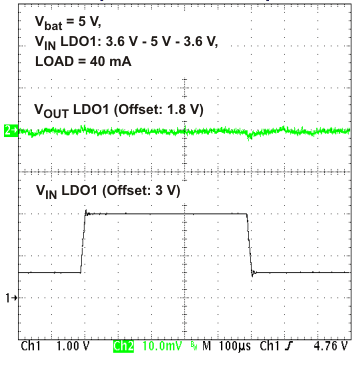
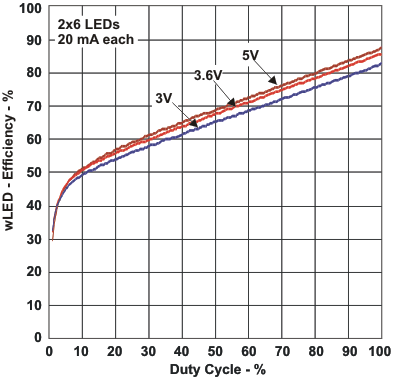 Figure 24. wLED Efficiency vs Duty Cycle
Figure 24. wLED Efficiency vs Duty Cycle
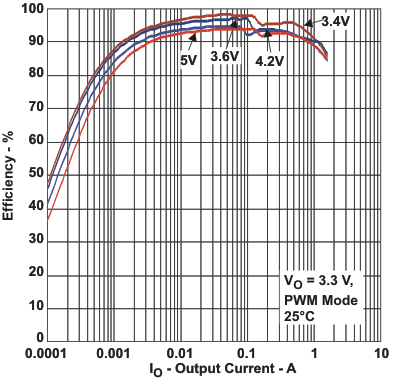 Figure 3. Efficiency DCDC1 vs Load Current/PFM Mode
Figure 3. Efficiency DCDC1 vs Load Current/PFM Mode
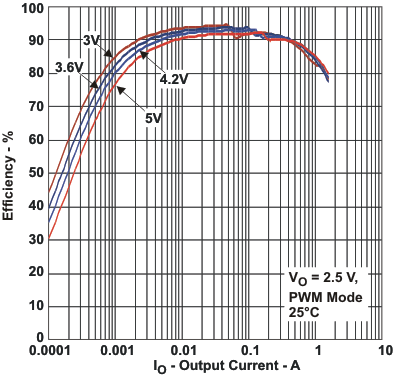 Figure 5. Efficiency DCDC2 vs Load Current/PFM Mode
Figure 5. Efficiency DCDC2 vs Load Current/PFM Mode
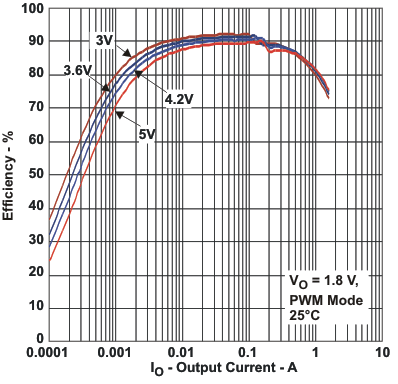 Figure 7. Efficiency DCDC2 vs Load Current/PFM Mode
Figure 7. Efficiency DCDC2 vs Load Current/PFM Mode
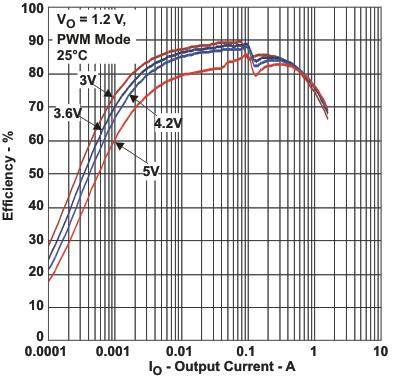 Figure 9. Efficiency DCDC3 vs Load Current/PFM Mode
Figure 9. Efficiency DCDC3 vs Load Current/PFM Mode
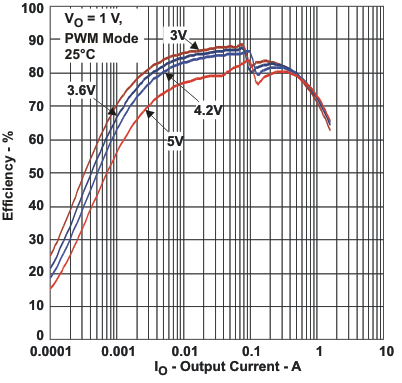 Figure 11. Efficiency DCDC3 vs Load Current/PFM Mode
Figure 11. Efficiency DCDC3 vs Load Current/PFM Mode
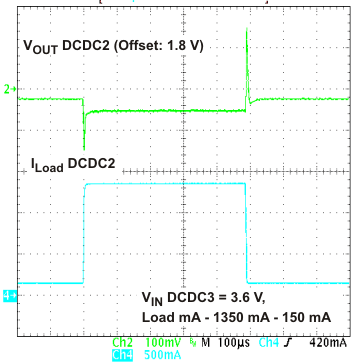 Figure 13. Load Transient Response Converter 2
Figure 13. Load Transient Response Converter 2
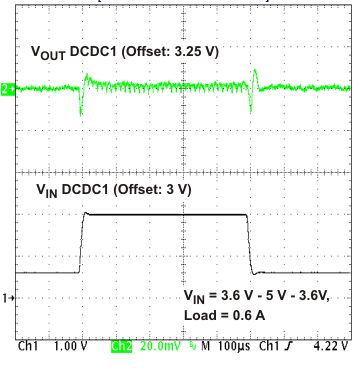 Figure 15. Line Transient Response Converter 1
Figure 15. Line Transient Response Converter 1
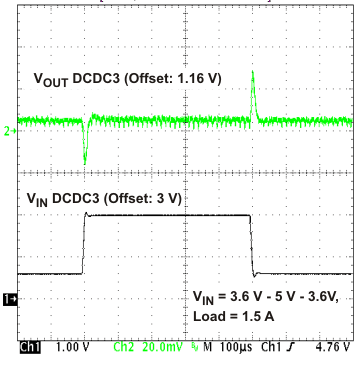 Figure 17. Line Transient Response Converter 3
Figure 17. Line Transient Response Converter 3
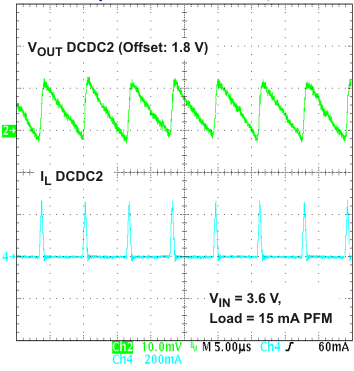 Figure 19. Output Voltage Ripple and Inductor Current Converter 2 – PFM Mode
Figure 19. Output Voltage Ripple and Inductor Current Converter 2 – PFM Mode
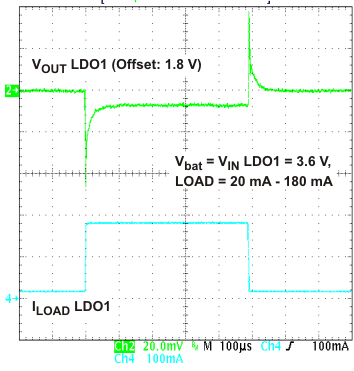 Figure 21. Load Transient Response LDO1
Figure 21. Load Transient Response LDO1
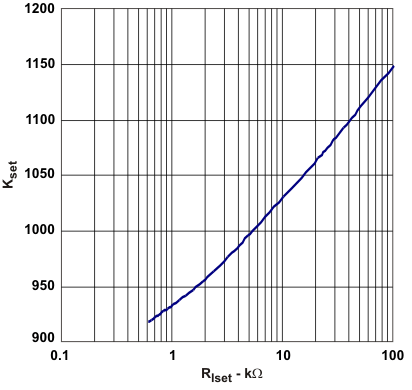 Figure 23. KSET vs RISET
Figure 23. KSET vs RISET
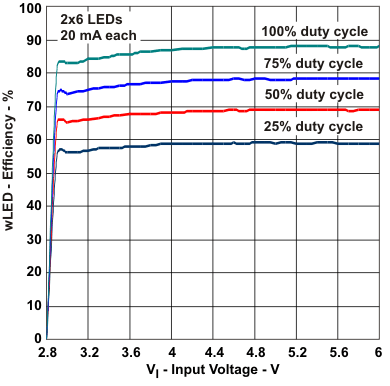 Figure 25. wLED Efficiency vs Vin
Figure 25. wLED Efficiency vs Vin